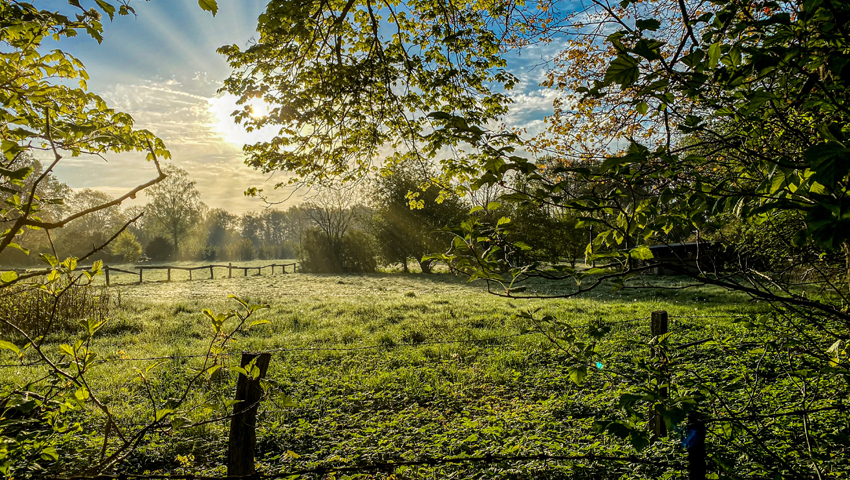THE Ecosystems Knowledge Network has published its inaugural review of the nature finance project pipeline in the UK. The report, Nature Finance Review 2023, covers the trading of ecosystem service credits, together with the investments that are sometimes required to enable this trading to take place.
The report says “A prerequisite for nature finance is the supply of sufficient quality and quantity of projects, together with aggregation of them in ways meaningful to buyers and other financiers. From seagrass to street trees, these projects take place in diverse environmental and social settings. They include the restoration of peatland to reduce greenhouse gas emissions to the planting of woodland to remove carbon dioxide from the atmosphere and reduce local flood risk.”
Writing in the report, William Hawes, Head of Nature-based Solutions, National Parks Partnerships, said “I often hear that ecosystem service markets are volatile. They’re not, there’s huge demand relative to the volume of supply, which is driving values, but they are new, which creates concerns over certainty, and there are real barriers to the development and scaling of projects and to the deployment of private investment into nature.
“The potential positive impact of the financial sector in responding to our nature and climate crisis is huge. It’s vital for the development of the sector that we have good data to illustrate what’s working and what’s not. Ecosystems Knowledge Network’s report shines a light on the barriers that we need to collectively overcome, but also demonstrates the enthusiasm and level of effort being put into solving those problems.”
Over the course of six months, the Ecosystems Knowledge Network, an independent forum serving England, Scotland, Wales and Northern Ireland, conducted its review of the pipeline of nature finance projects in the UK. 21% of the project pipeline said that they were generating revenue, not including projects receiving investment readiness support, for which only partial data were available.
The report finds that the five most common revenue streams being pursued are sales of biodiversity units (66% of projects), carbon credits (61% of projects), payments for water management (42%), payments for reductions in the loss of nutrients beyond regulatory requirements (33%), and ecotourism (19%). It finds that the five most common habitats reported were grassland, woodland, wetland, rivers and lakes, and heathland and scrub, and that 92% of projects involved at least one of these habitats. One third of all projects involved cropland (33%), while a relatively small proportion of projects relate to urban habitat (16%) and marine areas (20%).
Teleri Fielden, a beef and sheep tenant farmer in Eryri (Snowdonia) said “In order to ensure the success and uptake of nature finance by farmers, family farms need to see examples of how it has worked for other businesses similar to their own. Questions abound about the liabilities involved, the legalities, the permanence of various land management options and the figures on offer. Only then can future business and land management decisions be made.
“The opportunity of nature finance for our family farms lies in its ability to fairly and truly reward farmers for the ecosystem services they provide, in a more flexible manner.
“Nature finance must ensure it works with ‘active’ land management, continued food production, existing ownership, for tenants, and in conjunction with government funding. Furthermore, it must respect and reflect the local knowledge and generational experience which will be so crucial in adapting to climate change and ensuring increased biodiversity.”
